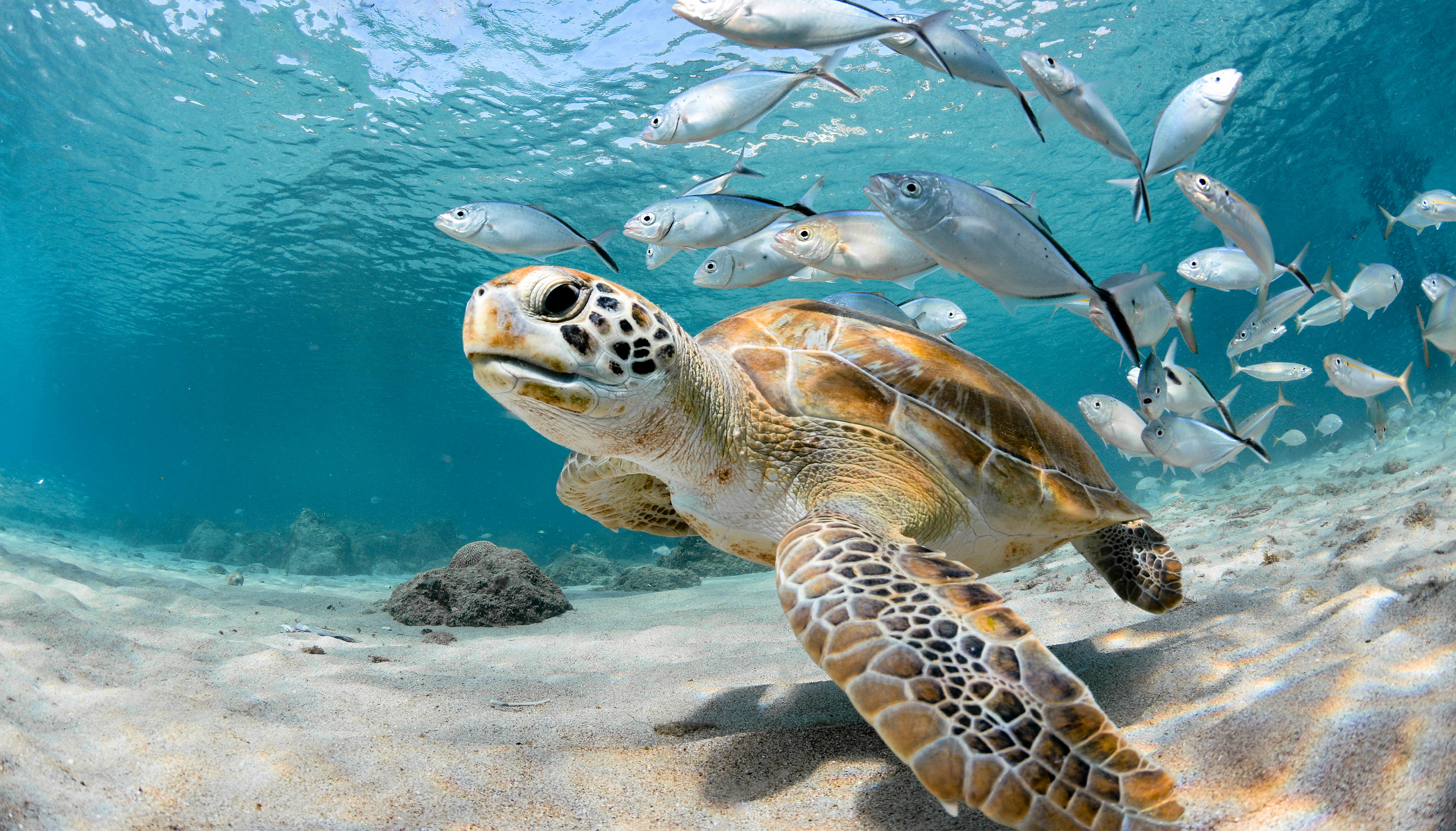By Regina Stracqualursi
As the famous saying goes, “A picture is worth a thousand words.” So much can be discovered within a single picture that can’t be uncovered in other ways. Recognizing this, a new Imageomics Institute is using images to gain insight into biological processes. Supported by the National Science Foundation (NSF), the institute uses artificial intelligence and machine learning to analyze imagery with the goal of understanding the biological traits of different species.
Chuck Stewart, professor and head of the Department of Computer Science at Rensselaer Polytechnic Institute, is a co-principal investigator and research co-director of the new institute, which is led by The Ohio State University. Cofounder of Wild Me, a project that fights against extinction and fuels conservation research through open source software and artificial intelligence, Stewart brings expertise in the ecological applications of artificial intelligence and computer vision to the institute.
“The goal of imageomics is to use AI and machine learning to help infer phylogenetic traits from images to understand everything from the structure of species down to the characteristics and behaviors of individual animals,” said Stewart. “At its core, we will use images to make biological predictions that can be verified by biologists or ecologists.”
The Imageomics Institute formally establishes imageomics as a new field of study — one where data can be extracted from imagery to enable scientific discovery. It is an inaugural institute for data-intensive discovery and engineering and one of the NSF’s five Harnessing the Data Revolution Institutes. By employing machine learning techniques, imageomics researchers are able to analyze physical features and behaviors of animals of varies species to learn more about what, biologically, led to those traits.
“This will change how we are able to see and understand the natural world,” said Tanya Berger-Wolf, principal investigator of the Imageomics Institute. “Computers help humans ‘see’ images differently and expose what we may otherwise miss.”




